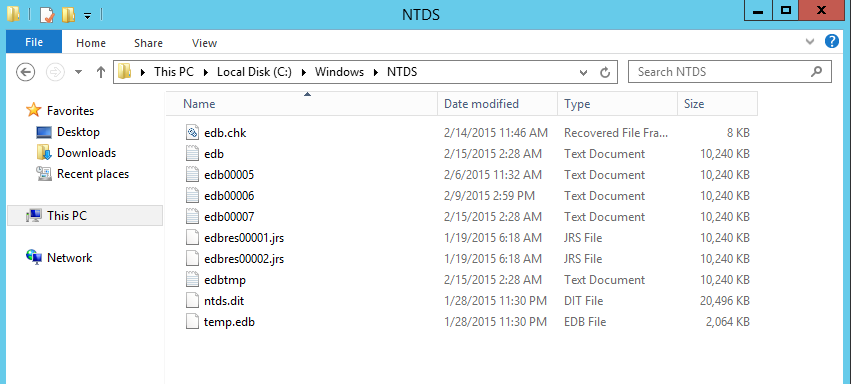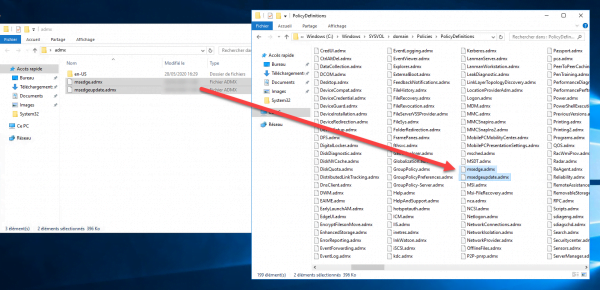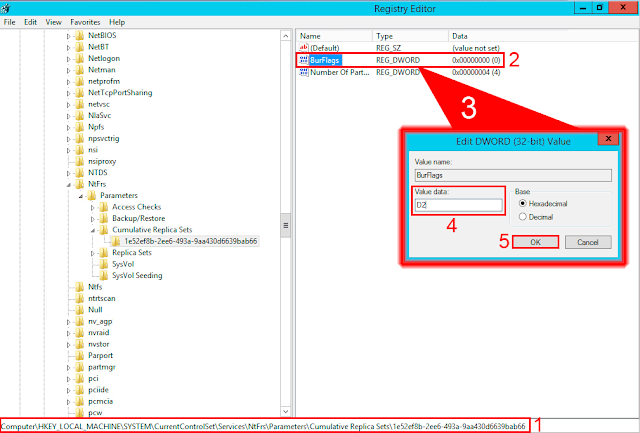

This involves browsing the SYSVOL folder hierarchy (located by default at %systemroot%\SYSVOL) to check the modified dates of Group Policy template files and/or script files.

Instructions for performing an authoritative sync can be found in How to Perform an Authoritative Sync of SYSVOL Data Using the File Replication Service (FRS).īefore beginning this procedure, it is important to ensure that another DC exists in the environment and that its copy of the SYSVOL data is up to date. In that situation, an authoritative sync should be performed instead. Important: If there is only one domain controller in the domain, a non-authoritative sync will never succeed, since there is no other domain controller from which to copy SYSVOL data. In a non-authoritative sync, an affected DC copies all of the SYSVOL data from another DC in the environment. The following steps perform a non-authoritative sync of SYSVOL. In some situations, SYSVOL replication may fail and be unable to resume without manual intervention. It is possible for one to fail while the other is fully functional. This data is replicated among domain controllers, but SYSVOL replication takes places separately from Active Directory replication. The scripts folder is itself shared as NETLOGON.

These are stored in separate folders beneath \\SYSVOL\ \Policies.

The SYSVOL folder hierarchy, present on all Active Directory domain controllers, is mainly used to store two important sets of data: If the migration state is "Eliminated," FRS is not in use, and this article is not applicable. To determine whether FRS is in use, run the dfsrmig /getmigrationstate command at an elevated command prompt on a domain controller. Important: This article is only applicable if SYSVOL data is being replicated using the File Replication Service (FRS), which has been deprecated but may still be in use in Active Directory domains that were created with functional levels earlier than Windows Server 2008.


 0 kommentar(er)
0 kommentar(er)
